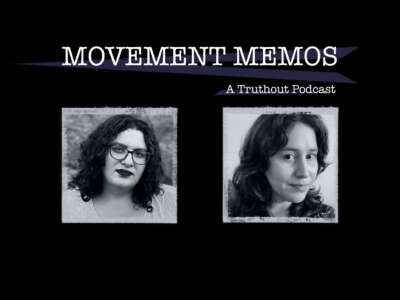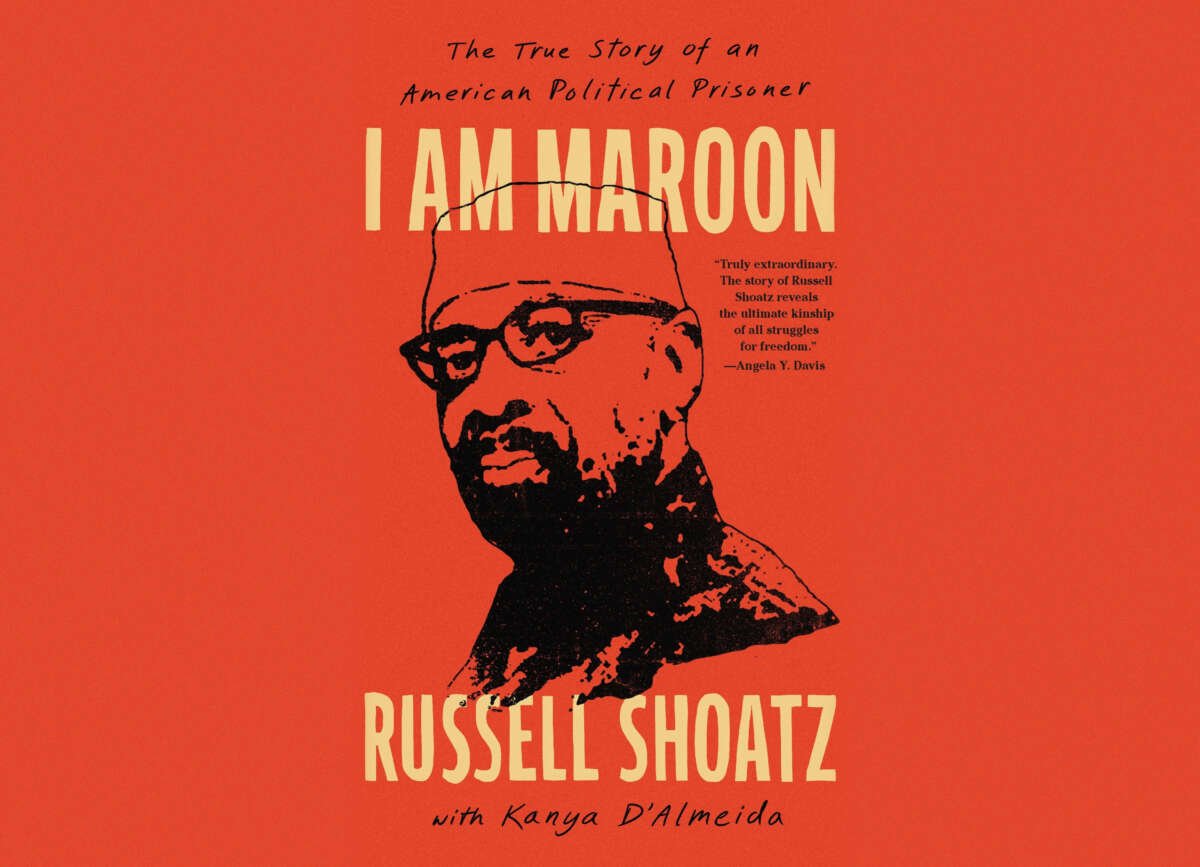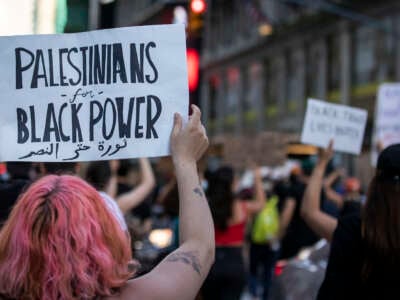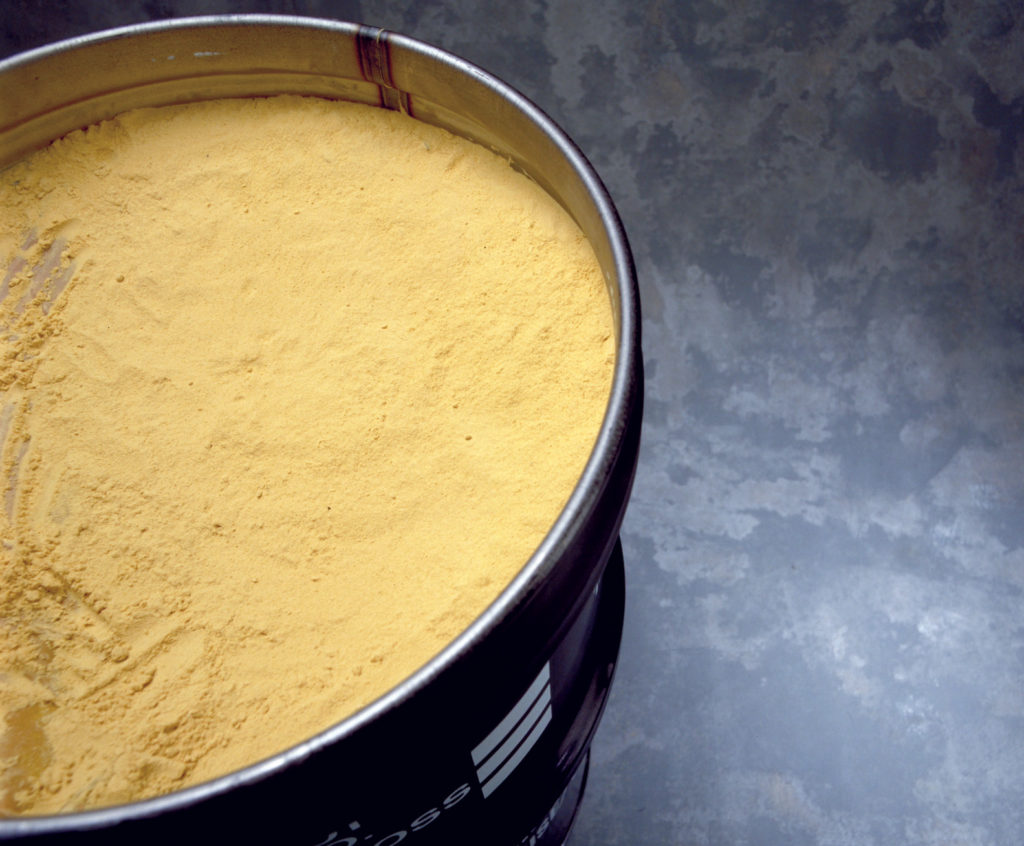Leftists have long had an understanding of “the deep state” that goes beyond Trump’s fearmongering conspiracy theory.
By Peter Handel ,
In Who Owns Democracy?: The Real Deep State and the Struggle Over Class and Caste in America, Charles Derber and Yale R. Magrass reclaim this term and expose the deep state for what it is: a nexus of powerful corporate, military and governmental elites who undermine democracy to retain their wealth and power — sometimes overtly, but more often quietly. They also share a nuanced and historical perspective on how the deep state was born and the struggles and contradictions within it.
Charles Derber, professor of sociology at Boston College, has written 28 books on politics, democracy, fascism, corporations, capitalism, climate change, war, the culture wars and social change. His bestselling books include The Pursuit of Attention and The Wilding of America.
Yale Magrass is a chancellor professor of sociology at University of Massachusetts Dartmouth. He is the author/coauthor of nine books, most coauthored with Charles Derber, and 80 articles. His books include Bully Nation, Glorious Causes and Capitalism: Should You Buy It? The following transcript has been lightly edited for length and clarity.
Peter Handel: Can you explain the difference between Trump’s deep state and the one that the left has historically recognized?

Interview |
We Must Contest the Christian Right’s Agenda in Every Venue of Our Lives
“It is a self-replicating authoritarian system that has persisted over the course of generations,” says Talia Lavin. By Kelly Hayes , Truthout November 21, 2024
Charles Derber and Yale Magrass: Americans are told they live in a democracy where the common people rule and elect a government that is accountable to them. The left, at least since the time of Karl Marx, has challenged this, saying the state is really a tool of the bourgeoisie or the capitalist class, who own the overwhelming majority of corporate wealth. Often dubbed “the 1 percent,” they are the ruling class. As Marx put it, “The executive of the modern state is nothing but a committee for managing the common affairs of the whole bourgeoisie.”
While not disputing the power of the capitalist class, 1950s sociologist C. Wright Mills introduced the term “power elite.” Mills described a triangle of power, in which corporate elites ally with the upper echelons of the civilian government bureaucracy and the military. He proposed that there is a convergence of interests among them, and they rule jointly at the expense of common people.
Ironically, there has long been an overlap between this left-wing analysis and the analysis of right-wing movements like the John Birch Society who see the United States as ruled by Wall Street in total disregard for the values or interests of ordinary citizens. Similar to the left analysis, the right also suggests that behind the official elected state is another state with the real power. Trump’s use of the “deep state” draws on this longstanding far right idea.
Trump’s deep state includes the unelected security apparatus within the elected state — including the Pentagon, the CIA, the FBI. This is the part of Trump’s deep state that we agree is part of the “real” deep state. It wields great power and is central to the military-industrial state that the left has long critiqued.
But Trump’s concept of the deep state, in most other ways, is deeply misleading. Trump focuses on the liberals in the social service agencies, academia and the media as central to his deep state. He argues they set policy with an agenda and values at odds with the people who he considers “real Americans,” mostly white, native-born, living outside the coasts and often lacking college education. His version of the deep state does not include the capitalist class. Indeed, he would consider leftists who oppose capitalism part of the deep state.
How does the deep state — the one Mills and you document — operate and can you expand on how it differs from Trump’s view?
The “military-industrial complex” is close to the core of the power elite and includes huge defense contractors like Lockheed Martin and Raytheon along with their allies in the Pentagon. They make policy without the knowledge of all but a tiny minority. In fact, most of what they do is classified.
In Who Owns Democracy, we show that the “real” deep state does not include most of the civil servants in the regulatory and social welfare government agencies that Trump targets. Rather, it is dominated by corporate capitalist elites, including the military-industrial complex. Trump sees them as part of the “people” and opposing his deep state. We show how the real deep state — the triangle melding private wealth, leaders of civilian government agencies and the national security establishment — came into being and gained control over the nation. The corporate elite that we see as central to the power elite and the real deep state is seen by Trump as champions of freedom and of the true people of America.
You take a deep dive into the history of the deep state and how it developed in the U.S. In fact, you show that the U.S. was formed by the union of two deep states. Tell us a bit more about this history, which is very much alive today.
From the very founding of the United States, there existed at least two deep states, a northern proto-capitalist one and a southern slave-based one that we call American proto-fascism. One was based on class power and one on caste power. While you theoretically can rise or fall in class, a caste is a state you are born in and keep for life. In order to gain the support of the majority, the two early deep states essentially obscured their mutual rule and presented themselves as democratic representatives of common people against the British crown, really British Parliament.
The founding of America was an uneasy marriage between the emerging northern and southern deep states. The two deep states united to gain independence from British control over taxes, trade and expansion across the continent. They shared economic interests in the slave trade and taking ownership of the Western territories.
But the honeymoon would fade rapidly as the differences between the class-based deep state and caste-based deep state began to drive very different northern and southern agendas. The South wanted an America embodying a feudal caste paradise of happy, white nobility presiding over slaves in an expanding agrarian society. It was proto-fascist because it eliminated large parts of the population from rights and citizenship because of their race or blood.
The North wanted to build a modern industrial state that would serve a growing capitalist class in a post-agrarian urban society based on manufacturing and finance. It also had authoritarian features based on class power by the rich, but it rejected proto-fascism based on race or biology; it was incompatible with the capitalist ideology that everyone had the right to rise and gain class power.
How did this marriage finally unravel and how did the northern and southern deep states evolve after the Civil War up until the present era?
The differences in the class and caste deep states were too deep for the founding marriage to survive. Less than 100 years after the revolutionary marriage, the two deep states divorced in a literal civil war. At first, the South controlled the federal government, but after the North crushed the South in the Civil War, it made the official elected state its tool. The surviving southern deep state never really forgave the northern victor, and vowed it would “rise again.” While the North would gain control of the new federal capitalist state, the Jim Crow regime would sustain the influence of American “fascist ghosts” in the South and much of the nation.
The post-Civil War federal capitalist deep state of robber barons like Carnegie, Morgan and Rockefeller used the federal government to crush labor unions, build infrastructure and make the world safe for American investment through military adventurism. As World War I approached, the American capitalist deep state was building an empire in competition with the British, French and German. Until World War I, the United States maintained a modest military, but in one year, it built the world’s largest. After the First World War, the United States reduced its military as the remaining British and French empires patrolled the world for American investment. During the Second World War, the United States again built the world’s largest military, but this time the American deep state realized there’s gold in them there wars, and transformed the United States into a permanent garrison state. The deep state’s military-industrial complex became a permanent fixture which dwarfed the deep state of the past.
But after the failure of Reconstruction in 1876, southern caste power in the form of Jim Crow resurrected itself in many southern and western state governments and economies. The southern caste deep state did, indeed, rise again and sustained a form of American neofascist authoritarianism born in the Confederate South. The American fascist ghosts literally cloaked themselves in the white sheets of the Ku Klux Klan and the racial codes of the Jim Crow. Hitler was fascinated by American proto-fascism and told German scientists to study American racial theories and social practices. American fascism actually helped to give rise to European fascism.
Trump is today’s leader of American fascism, seeking to restore racial caste power and integrate it again with the class power of the corporate class he grew up in. The Democrats reject the Jim Crow fascist ghosts but are largely allies with the militarized corporate deep state that has ruled the nation since the Civil War and the Gilded Age’s robber barons. Class and caste power still hold deep control over both parties and the nation.
You say that both Democrats and Republicans have cynically used the legitimate concerns raised by identity politics to undermine the kind of class solidarity required to take on ruling elites. How so?
The Reagan “revolution” sought to dismantle the New Deal restraints on unfettered corporate power. President Ronald Reagan saw that if he could divide the working classes by race or caste — through culture wars and white Christian nationalism — the corporate deep state could regain unfettered national control. Trumpism is the latest stage of the Reagan backlash, but Trump has been more aggressive in uniting class and caste in his new version of American fascism.
When President Bill Clinton and Barack Obama abandoned the New Deal, they helped turn the Democratic Party toward identity politics and an embrace of caste reform rather than class politics. This turn to race and gender helped solidify Reagan’s resurrection of the corporate deep state. The Democratic embrace of corporate power and the military-industrial complex is a fatal flaw morally and politically.
Who Owns Democracy? concludes with a chapter on how leftist movements can resist the deep state and the attacks on democracy. How do you think activists can most effectively challenge antidemocratic forces?
Throughout Who Owns Democracy? we show that class and caste elites in the two deep states have long owned U.S. democracy. But ordinary working people have always risen to challenge both forms of power. Anti-caste movements have included antebellum abolitionism, the 1960s civil rights movements and feminism. Populist movements in the 1890s Gilded Age began to challenge early corporate class power. Labor movements, especially in the 1930s New Deal and Great Society, rose more recently to challenge class power, as did Occupy Wall Street about a decade ago and progressives like Sen. Bernie Sanders today.
As the gap between the 1 percent (or perhaps the 1 percent of the 1 percent) and ordinary citizens grows, mainstream liberals and Democrats have done little to address the needs of people feeling left behind. They have focused on race and gender while neglecting the real grievances of the white working class, and in fact many people of color, who face a deteriorating standard of living and an uncertain future. Trump successfully presented himself as their “voice” and laid the blame for their anxiety on “bleeding heart liberals” in the deep state and immigrants who should not be living with “true Americans.” To resist Trump and win power, the left must show it offers solutions that will produce a better life for all working people. This requires resurrecting a class politics that topples the militarized corporate deep state to create deep democracy in the economy as well as in the political system. We desperately need now a left populism aiming to destroy the militarized neofascist capitalism embodied in Trumpism.
This article is licensed under Creative Commons (CC BY-NC-ND 4.0), and you are free to share and republish under the terms of the license.
Peter Handel is a freelance writer in the San Francisco Bay area.


.jpg)









